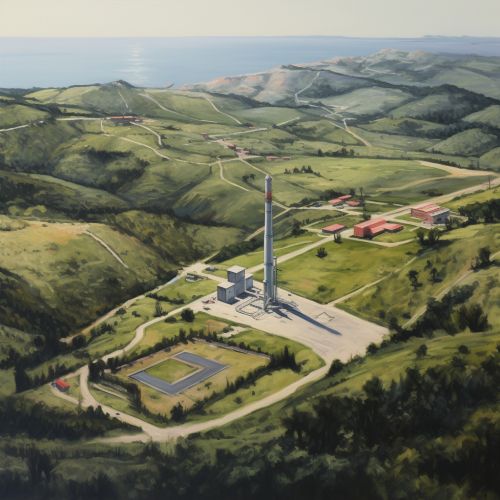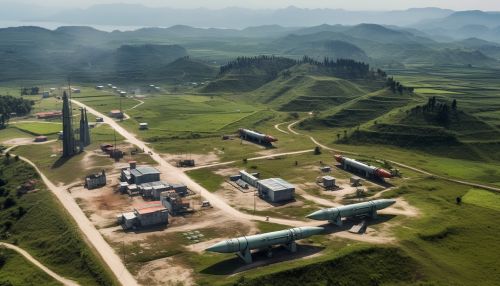Cuban Missile Crisis
Background
The Cuban Missile Crisis, also known as the October Crisis of 1962, was a 13-day confrontation between the United States and the Soviet Union initiated by the American discovery of Soviet ballistic missile deployment in Cuba. The confrontation is often considered the closest the Cold War came to escalating into a full-scale nuclear war.


Origins
In 1959, a successful revolution in Cuba led by Fidel Castro resulted in the establishment of a socialist government aligned with the Soviet Union. The US, concerned about the spread of communism, attempted to overthrow Castro in the failed Bay of Pigs Invasion of 1961. In response to the invasion and the presence of American Jupiter missiles in Italy and Turkey, Soviet leader Nikita Khrushchev agreed to Cuba's request to place nuclear missiles on the island.
Discovery and Initial Response
On October 15, 1962, American U-2 spy planes took photographs of intermediate-range ballistic missile sites being built in Cuba by the Soviets. The photos were shown to President John F. Kennedy on October 16; a group was assembled to deal with the crisis, officially named the Executive Committee of the National Security Council (ExComm). After much debate, they decided on a course of action that involved blockading (referred to as "quarantining" to avoid war rhetoric) Cuba and communicating the situation to the American public.
Crisis and Resolution
On October 22, Kennedy announced the discovery of the missile installations to the public and his decision to quarantine the island. He also proclaimed that any nuclear missile attack from Cuba would be regarded as an attack by the Soviet Union and would be responded to accordingly. During the following 13 days of tension, both the US and the Soviet Union mobilized their forces and prepared for war, with some expecting a nuclear apocalypse. However, thanks to the secret negotiations between Kennedy, Khrushchev, and UN Secretary-General U Thant, the crisis ended on October 28, 1962, when Khrushchev agreed to dismantle the missile sites in exchange for a US pledge not to invade Cuba. The US also secretly agreed to dismantle its missile sites in Turkey.
Aftermath and Impact
The Cuban Missile Crisis had a significant impact on the nations involved and the world at large. It led to a thaw in US-Soviet relations and resulted in several important agreements such as the Nuclear Test Ban Treaty of 1963. The crisis also had a major impact on Cuba and its relationship with the Soviet Union, which felt betrayed by the unilateral Soviet decision to remove the missiles. The crisis marked a significant escalation in the Cold War and is widely regarded as its most dangerous moment.
